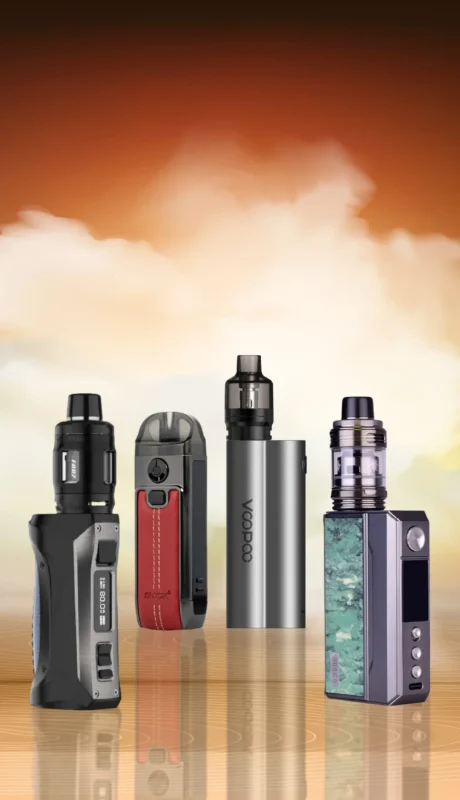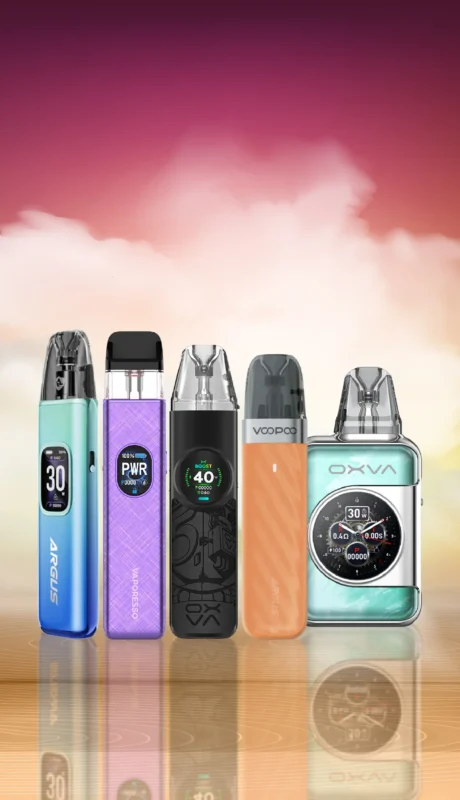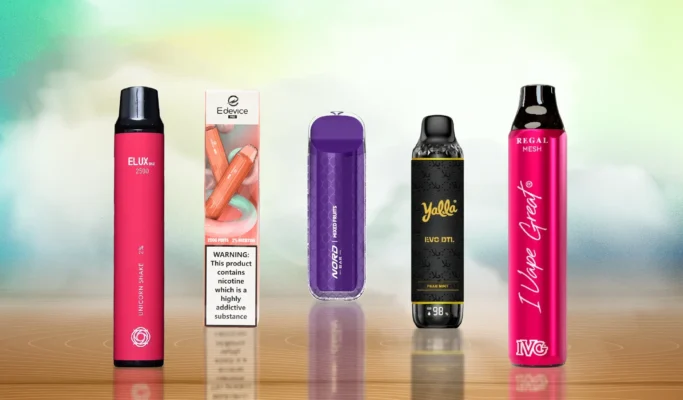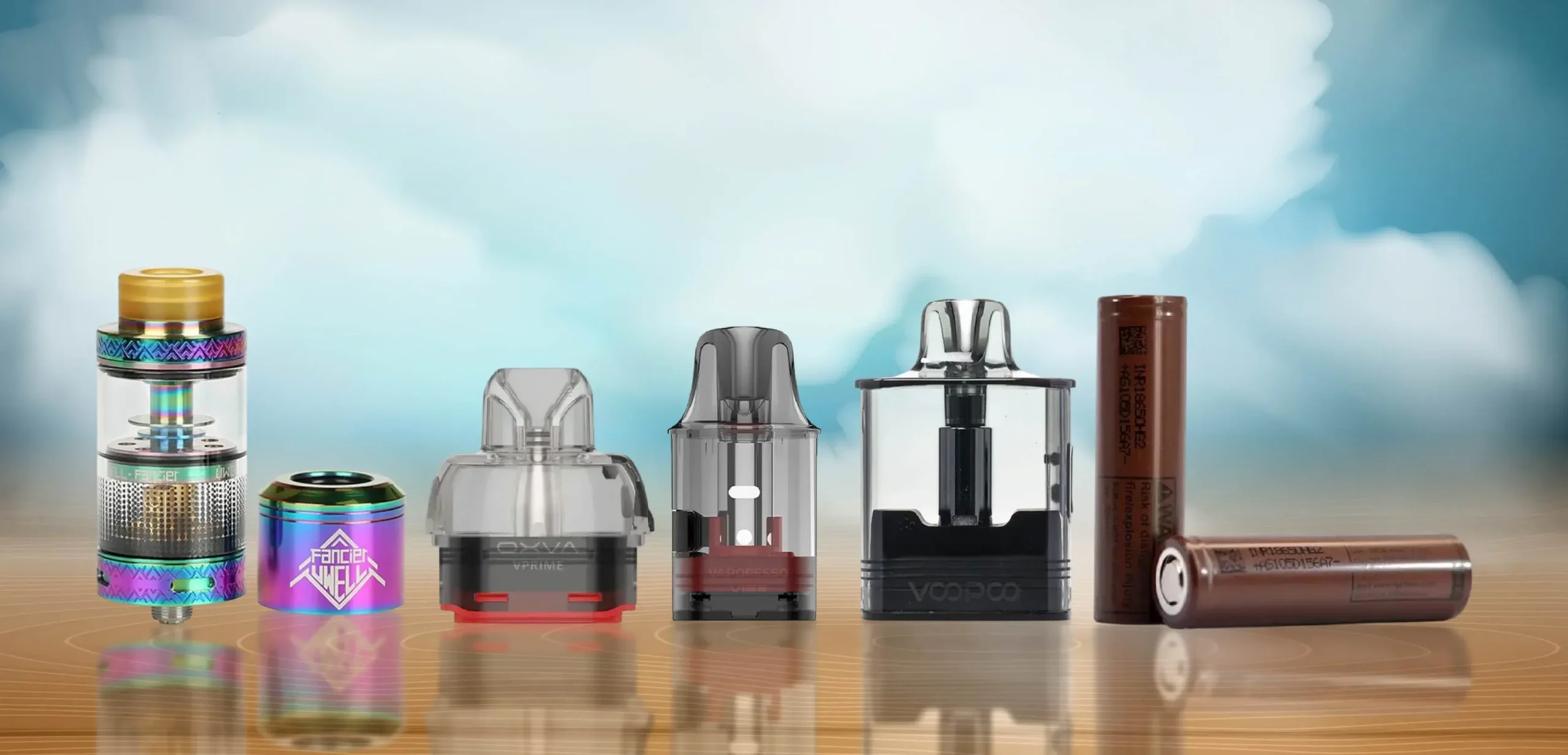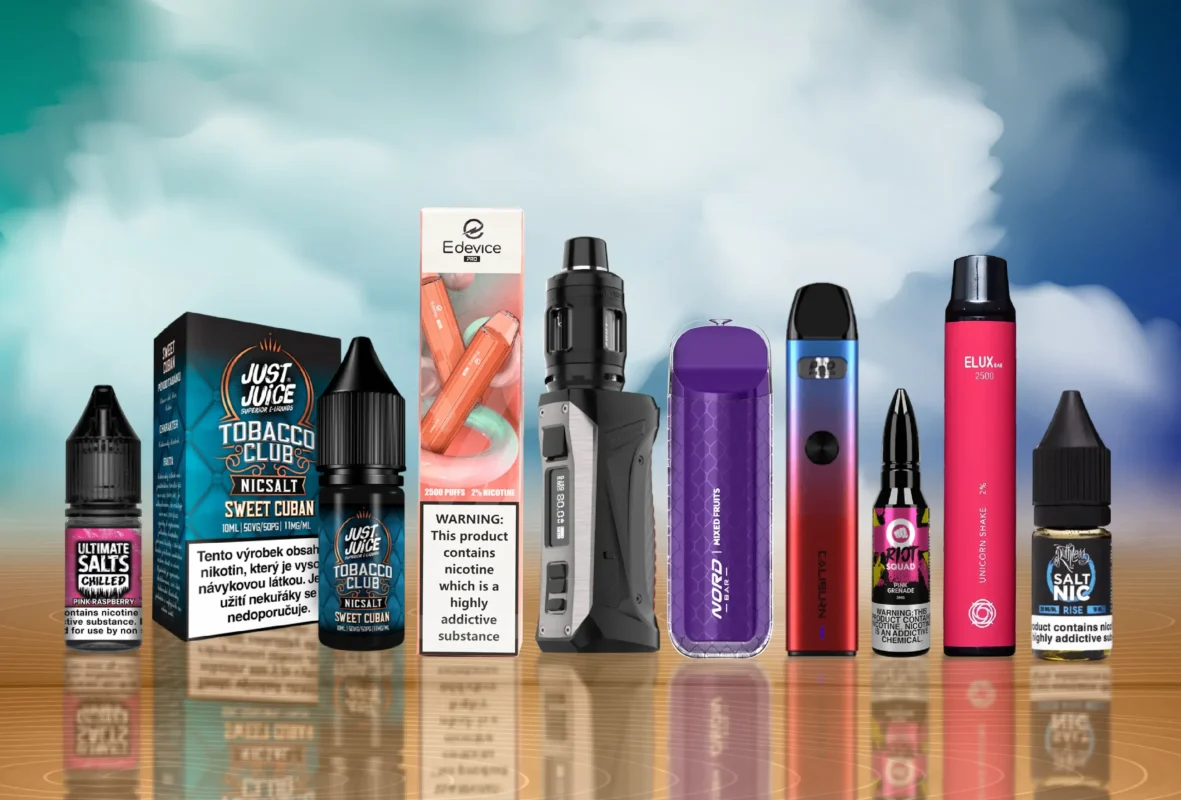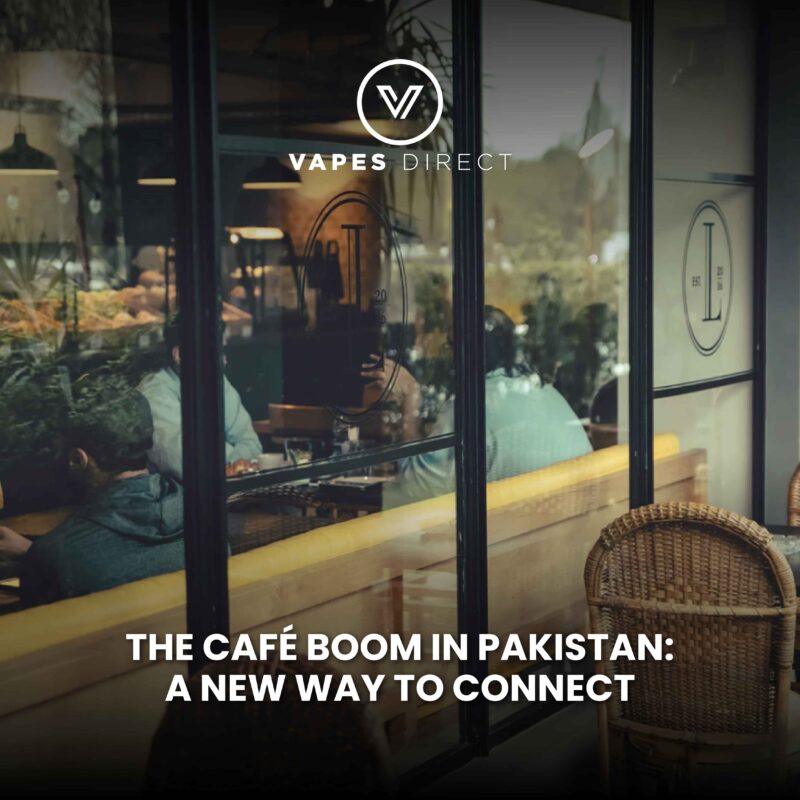Blog
The Café Boom in Pakistan: A New Way to Connect
Cafés in Pakistan have become more than coffee spots. They’re hangout spaces, study zones, and creative hubs. From Karachi’s busy streets to Islamabad’s quiet corners, coffee culture is growing fast. What was once about chai and roadside dhabas has turned into a lifestyle built on comfort, creativity, and connection.
From Penny Universities to Coffee Corners
Café culture has a long history. The idea started centuries ago in the Ottoman Empire, then spread to Europe. In 1600s England, cafés were called “Penny Universities.” For the price of one penny, you could buy a cup of coffee and join conversations about politics, art, or ideas.
Those early cafés weren’t just about the drink. They were about people having curious minds gathering, sharing thoughts, and building community. That same spirit slowly found its way across the world, shaping what we now call modern café culture.
How It Came to Pakistan
In Pakistan, tea ruled for decades. From dhabas to drawing rooms, chai was the heart of every get-together. Coffee was rare; something you’d find in hotels or during family dinners.
The shift began in the 2000s when global chains like Gloria Jeans, Second Cup, and Coffee Bean & Tea Leaf opened in big cities. They introduced a new concept: coffee as a social experience. Soon, local cafés followed. Islamabad, Lahore, and Karachi saw the rise of small, cozy spaces with espresso machines, good music, and comfortable chairs.
By the 2010s, coffee cafés were everywhere. They became places where people could spend hours studying, working, or simply unwinding.
The Third Wave and Local Flavor
Today, Pakistan’s coffee scene is part of what’s known as the third wave of coffee: a global movement that celebrates coffee as a craft. People now care about beans, roasting, and brewing styles.
Cafés like Café Sol, Mocca, Burning Giraffe, Butler’s, and Loafology helped shape this new wave. They brought pour-overs, cold brews, and latte art into everyday life. Some even roast local beans and experiment with blends made in Pakistan.
It’s not just about caffeine anymore. It’s about the full experience, warm lighting, playlists that match the mood, and art-filled spaces that make you want to stay.
Why Gen Z Loves It
For Gen Z, cafés are social zones. They’re the new hangout spots, meeting places, and sometimes even workstations.
You’ll see students studying with laptops, freelancers working on projects, and friends catching up after classes. The energy is calm but creative. It’s a space where you can think, talk, or just exist.
But one thing matters more than anything else: affordability.
Many coffee spots in Pakistan look beautiful but come with high prices. Gen Z wants cafés that feel good without costing too much. They want affordable, everyday cafés that welcome everyone, not just fancy places for pictures.
This shift has given rise to smaller local cafés that serve great coffee at fair prices. They’re simple, friendly, and built around community.
Study Corners and Creative Spaces
Modern cafés understand what young people need. Free Wi-Fi, charging ports, soft lighting, and comfortable seating are now the basics.
Places like Chaaye Khana, Loafology, and Dunkin Coffee Studio have nailed this balance cozy enough to chill, quiet enough to study. Students and freelancers spend hours there, typing, sketching, or brainstorming ideas.
Cafés have become mini offices, study zones, and content studios. For many, this is where creativity flows best with a cup of coffee on the table and a playlist humming in the background.
The Café Lifestyle
Café visits are now part of the urban routine. People go for coffee breaks, meetings, or just a moment of peace. The smell of roasted beans, the low chatter, and the sound of steaming milk all blend into something relaxing.
It’s not just about the drink. It’s about slowing down in a fast world, taking a breather, having a conversation, or working in a space that feels alive.
And between these quiet moments, you’ll find another common ritual: vaping.
Vaping, Smoking Areas, and the Chill Factor
Vaping and smoking have quietly found their place in Pakistan’s café culture. Many cafés now have outdoor smoking areas or open terraces where people can take a break between study sessions or conversations.
It’s calm, social, and part of the rhythm. Some sit outside with a cigarette; others prefer a vape. Compact disposable vapes are common, easy to carry, simple to use, and subtle. They fit naturally into the café mood.
A puff between sips, a pause before diving back into work, it’s all part of the relaxed, modern lifestyle. Coffee keeps the mind running; the short break keeps the mood balanced.
The Culture of Connection
Cafés today are not just about coffee. They’re about people and shared experiences. Every new café opening gets talked about online, and every latte art photo finds its way to Instagram. The café scene has become a reflection of how young Pakistanis live creatively, connected, and socially.
This boom has also helped local talent grow. Baristas, roasters, and small business owners are shaping a real coffee industry in Pakistan. Local coffee brands are finding their audience, proving that great coffee doesn’t have to come from abroad.
What’s Next
Café culture in Pakistan is still growing. As more people work remotely and study online, these spaces are becoming extensions of classrooms and offices.
Expect to see more affordable cafés that focus on community, not just luxury. Open-air setups, smoking-friendly lounges, and casual corners are all part of the next phase. The goal is simple make coffee culture inclusive and accessible for everyone.

